
The mouth of the Tamsui River has long been a strategic location, as the gateway into the Taipei Basin from the sea, and a rare natural harbor on the north coast of Taiwan. This is why, over the centuries, the strip of land on the right bank of the river, next to the river-mouth, has been visited and claimed by waves of acquisitive interlopers: the Spanish, the Dutch, the Tung-Ning Kingdom, the Qing, western merchants, and the Japanese. Many other parts of Taiwan have had the same historical succession, but few of them show it as well as Tamsui does.
On weekends, if the weather is nice, thousands of tourists flock to this town, once known as Huwei or Hobe, and enjoy visiting the very old temples, narrow winding streets, 19th century buildings, forts, and battlegrounds, along with the lovely mountain and sunset views, of course. As a long-term Tamsui expat, I have had the chance to learn a bit more about the history behind the tourist sites. One of my best sources for this has been the English-language blog called “The Battle of Fisherman’s Wharf” (a humorous title, as there was no actual battle of that name) written by a Taiwanese-American amateur historian. His full name is Hong-Ming Cheng, but he often goes by the online nickname “EyeDoc,” as he is an expert in (among other things) the field of ophthalmology. He is a true “Tamsui-lang” (Taiwanese for “Danshui-ren” or “Danshuite” as we might say in English) as he was born and grew up here as a child.

EyeDoc’s blog is highly regarded by local history buffs as a cornucopia of fascinating nuggets of information and hard-to-find maps, documents, and photos from the past. From 2009 to 2019, he made 351 posts, garnering more than 100,000 visits. The meticulously-researched articles are mostly Tamsui-focused, from a local perspective. But many also touch on issues of wider regional scope. There is a great variety of content, including, but not limited to: interactions between the Han and indigenous people; local Tamsui traditions – such as fishing and temple events – and persons of note, like famous doctors, teachers, and leaders; lesser-known features of famous buildings, such as Fort San Domingo and the Qingshui Temple; and the doings and sayings of important westerners like Canadian missionary Dr. George Leslie Mackay, British tea-merchant John Dodd, (“the father of Formosa Oolong”) and British consul Alexander Frater. Most notably, it includes detailed coverage of the Battle of Tamsui, October 2-8, 1884, in which the French attacked the town in an unsuccessful attempt to make it a bargaining chip in the Sino-French War. And also, very significantly, it contains an unusually insightful and empathetic look at the social history of Tamsui and Taiwan during the Japanese colonial period, 1895-1945. There’s also stuff about the origins and ingredients in local food and beverages, the history of the cultivation of tea and rice, and much more.

It’s a huge and varied buffet of information, but here are just a few tidbits, some of my favorite interesting discoveries from the Battle of Fisherman’s Wharf. (Links to the blog provided.)
1) The Delta
There used to be an island in the Tamsui river just offshore from the main well-known riverside area, that men sometimes swam out to on a dare. It was called “the Delta,” and it had grass and even the grave of an orphan who had drowned nearby. It is gone now, with the leading theories on how it disappeared being either the rush of water following blasting work at Guandu in 1964 to widen the river channel, or aggressive commercial sand dredging in the river. In any case, now there are only exposed sandbars that appear at low tide.
https://danshuihistory.blogspot.com/2009/03/memories-of-and-more.html
https://danshuihistory.blogspot.com/2009/05/disappearance-of-delta.html
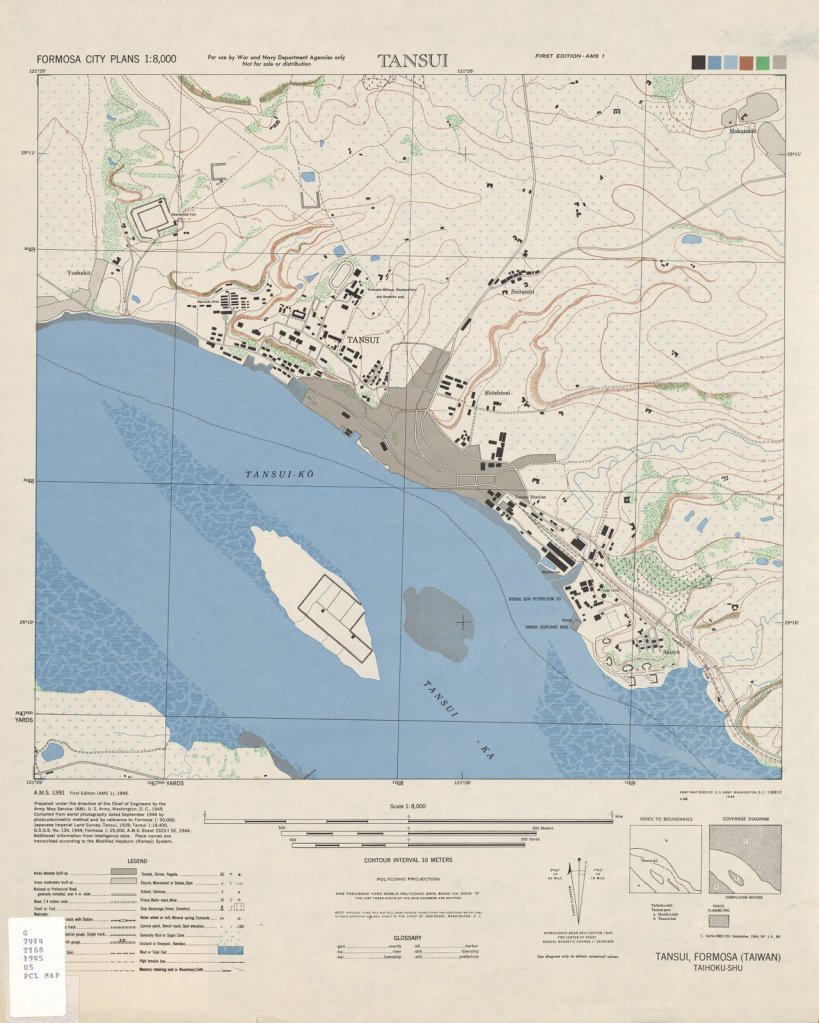
This discovery tuned me in to the fact that the river is always changing, usually through human activity. Earlier maps don’t show the Delta, but the Japanese era map shown above did, corroborating old timers’ accounts. Did development of the Taipei Basin under the Qing lead to a build-up of silt, which caused the Delta to form?
2) Cheng shall not marry Shi!
To this day, members of the Cheng (older pinyin for Zheng) family in Taiwan are forbidden by custom from marrying members of the Shi family (施). This is due to historical events long ago. Shi Lang (施琅) was a 17th century Fujianese admiral of noble birth. According to EyeDoc, Shi Lang had a run-in with Zheng Cheng-gong (Koxinga), while serving in the military commanded by his father, Zheng Zhi-long. Shi Lang had refused a direct order, so Zheng Cheng-gong ordered his death, as well as that of his father, brother, and son. Shi Lang alone escaped execution, and defected to the enemy Qing. Decades later, he directly aided the Qing in their October 3rd, 1683, conquest of the Kingdom of Tung-Ning on Taiwan, ruled by Zheng Cheng-gong’s descendants. Promoted to Marquis, Shi Lang harshly governed large portions of the developed land in Taiwan for his own profit.
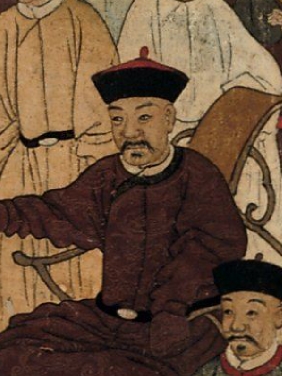
With all this bad blood between the two families, it is no wonder that they decided to keep their distance, at least back in that historical period. What is surprising is that this prohibition is still customary for many families, to this day.
https://danshuihistory.blogspot.com/2011/09/you-are-marrying-whom.html
For example, In 2009, a woman surnamed Shi, in love with a man from the Zheng family, had to change her name to Lin in order for the families to allow the marriage.
https://news.tvbs.com.tw/life/151727
I find this interesting because it reveals a kind of cultural memory process of long-ago events, like a wave, perpetuated over the centuries by tradition. What other interesting “memory waves” are propagating out there through Taiwanese culture?
3) Pedro the First
The first expat permanent resident in Tamsui was not Dr. Mackay, but rather a Spanish (some sources say Italian) sailor from the Philippines called Pedro Florentino, who fell overboard near Tamsui around 1856 and was picked up by a local fisherman. Brought to Tamsui, he eventually married the daughter of a migrant sailor from Fujian. Their descendants sill live in Tamsui today, near the Foreigner’s Cemetery, where the remains of Pedro himself were buried.
https://danshuihistory.blogspot.com/2014/12/the-first-expat-in-tamsui-pedro.html
Why I love this story: Although the circumstances of my arrival to Taiwan were somewhat different than Pedro’s, I feel that he is kind of the first of “us” – the expats who decided to stay. I am happy to count him as a cultural ancestor.
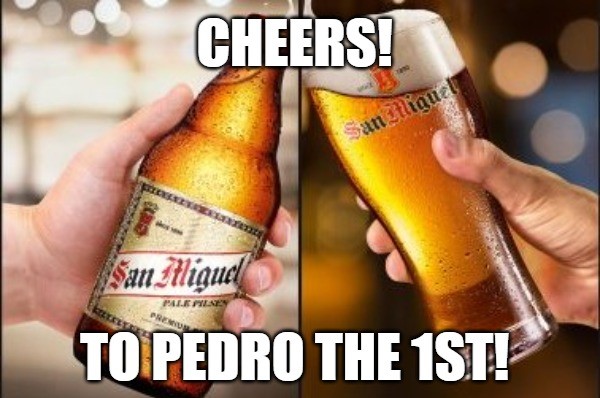
The History Behind the History
Although he isn’t a formally trained historian, EyeDoc’s stuff is very solid. He’s clearly a smart guy and is very careful. He has given speeches at universities, consulted on research projects, and is widely regarded as a sort of “Yoda” of Tamsui history. His articles are based on a combination of primary sources, archival material, and contributions from a deep network of experts and community insiders on a number of topics. For example, he’s in personal contact with Dr. George Leslie Mackay’s descendants, and has family members on the management committee for the Tamsui Fuyou Matsu temple.
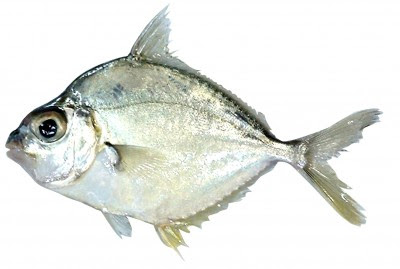
(BOFW)
So how did a medical-science man end up writing about Tamsui history? Well, you could say he comes from a family background well-suited to inspire engagement with stories of the past. EyeDoc says his Zheng family lineage descends from a son of Koxinga’s father, Zheng Zhi-long (鄭芝龍), with a different woman than Koxinga’s mother. That’s kind of like an American being a distant relative of George Washington. EyeDoc’s Cheng (Zheng) ancestors came to Taiwan from Xiamen in the early 1880s. One of his grand-uncles, Cheng Mu-bi (鄭木筆), gave medical treatment to Qing General Sun Kai-hua (孫開華) for stomach problems soon after the Battle of Tamsui in October 1884. The maternal side of his family kept many commercial and family records (some in bamboo tubes) from the time of the Qianlong Emperor until the Japanese period, which have been donated to the National Taiwan Library in Zhonghe District, Taipei City.


EyeDoc left Taiwan in the 1960s to study medicine in the USA, and ended up having a distinguished career, which included being a professor of ophthalmology at Harvard Medical School. When he returned to do ophthalmic research in Taiwan in 2009, his interest in Tamsui history was revived. But he had one problem: his “clumsy fingers” in typing Chinese after decades living abroad! So, he decided to write the Battle of Fisherman’s Wharf in English.
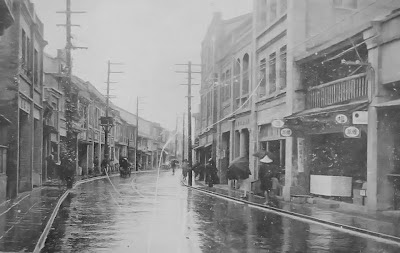
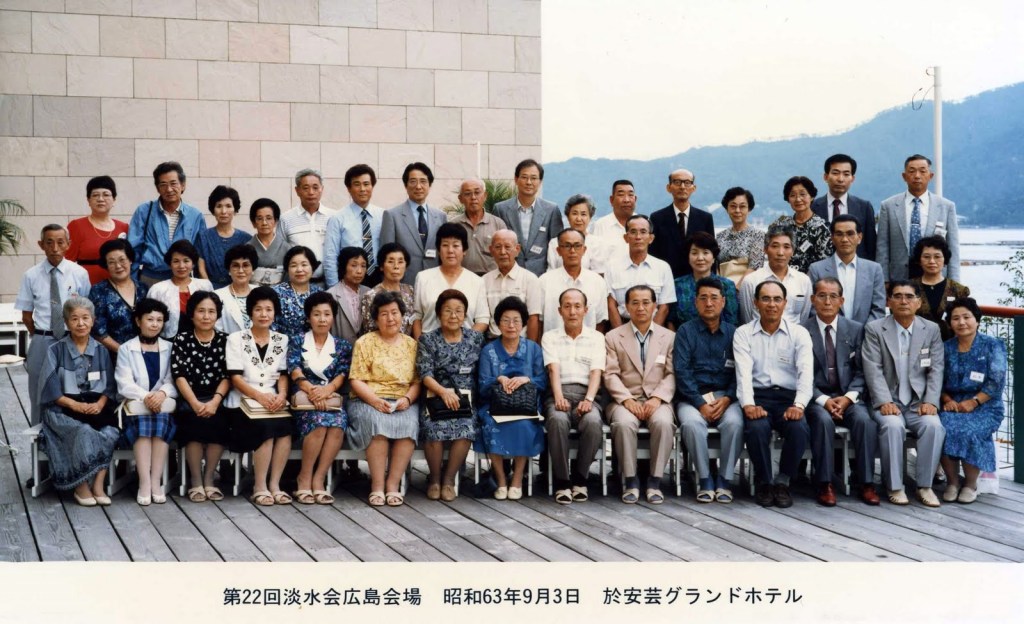
This turned out to be a boon to the expat community, as few of us have the level of reading skills necessary to wade through articles on history in Mandarin with all their nuances and linguistic variations. But even if only in Mandarin, the blog would still have been an excellent way to preserve and disseminate information about Tamsui and Taiwan history for future generations.
EyeDoc, as a real Tamsui-lang, has given us many great stories about the Taiwanese history he and his family have been part of.
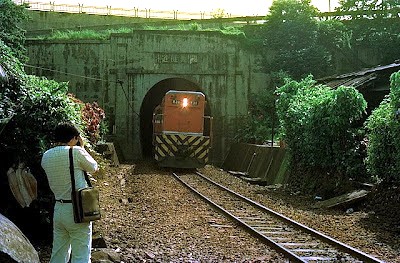
However, sometimes being part of history is a mixed blessing. EyeDoc’s distant ancestor, Zheng Zhi-long – the father of Koxinga – knew this first hand, as he was executed by the Manchu Qing in 1661 for his son’s continued resistance against them. In more recent times, Taiwan’s history came to a head when the Japanese took over the island, and then, decades later, dragged Taiwan into the Pacific War. That’s when EyeDoc’s family – along with millions of other people – got far too close for comfort to “the flow of history,” to say the least.
Much more about that in the next article, the Shinsei Maru story.
—————————————————————————————————————————–
Many thanks to HM Cheng for his kind cooperation. All photos above marked (BOFW) are from The Battle of Fisherman’s Wharf Blog with his permission.
